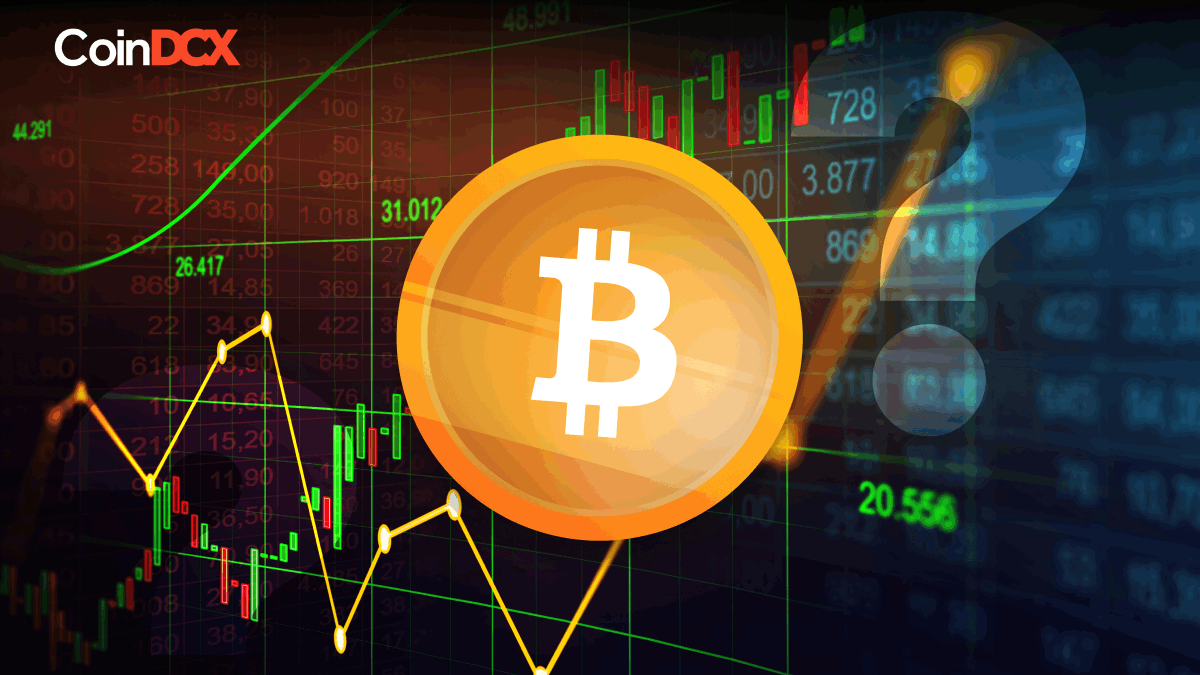Table of Contents
ToggleIntroduction
KEY TAKEAWAYS
- The total supply of Bitcoin is limited to 21 million.
- The total number of BTC tokens issued may never reach 21 million due to the rounding operators that is used in the Bitcoin codebase.
- Once the Bitcoin supply reaches its upper limit, no additional bitcoins will be generated.
What is Bitcoin mining?
Bitcoin mining is the process using which new Bitcoin tokens are created, and it enables more transactions to be verified on the Bitcoin network. The process requires the miners to make use of specialized computers in order to solve complex mathematical problems, which in turn helps in validating and securing transactions on the blockchain.
Bitcoin miners compete with each other to solve these computational puzzles, and the first one to find a solution is then rewarded with newly minted bitcoins. This process also ensures the integrity and security of the Bitcoin network by preventing double-spending and maintaining a decentralized ledger. Bitcoin mining requires substantial computational power and energy consumption due to the difficulty of the puzzles.
What Happens when all bitcoins are mined?
Though there is a long time until all 21 million BTC is mined and out in the world, there are a few scenarios that will take place once all the Bitcoins are mined. They are as mentioned below:
- Scarce Supply and Increased Value:
- Transaction Fee Importance:
- Security and Network Stability:
- Transition to a Fee-Driven Ecosystem:
- Potential Forks and Community Consensus:
Bitcoin Halving Explained
One of the most important event within the Bitcoin ecosystem, Bitcoin halving, takes place approximately every four years. It is built into the Bitcoin protocol to control the rate at which new bitcoins are created. During a halving, the rewards that miners receive for successfully mining a block are reduced by half. When Bitcoin was created in 2009, the block reward for mining a new block was 50 bitcoins. In the first halving in 2012, the reward was reduced to 25 bitcoins per block.
The second halving took place in 2016, reducing the reward to 12.5 bitcoins. The most recent halving took place back in May 2020, reducing the reward to 6.25 bitcoins. The purpose of halving is to create scarcity and ensure a predictable supply of bitcoins over time. By reducing the rate at which new bitcoins are introduced into circulation, it aims to maintain a controlled inflation rate and gradually approach the maximum supply of 21 million bitcoins. This mechanism is fundamental to Bitcoin’s design and is one of the factors contributing to its deflationary nature.
Additional Read: Top Bitcoin Ecosystem Tokens
What Happens to miners when all bitcoins are mined?
When all bitcoins are mined and the maximum supply of 21 million bitcoins is reached, the block rewards for miners will no longer exist. Currently, miners receive newly minted bitcoins as a reward for successfully mining a block and validating transactions.
However, even after all bitcoins are mined, miners will still play a crucial role in the Bitcoin network. They will continue to validate and verify transactions, ensuring the security and integrity of the network. Miners will rely on transaction fees as their primary source of income instead of block rewards.
Transaction fees are fees paid by users to have their transactions included in a block. These fees serve as an incentive for miners to include transactions in the blocks they mine. As the demand for Bitcoin transactions continues to grow, it is expected that transaction fees will become a significant source of revenue for miners.
While the block rewards diminishing to zero may affect the economics of mining, it is anticipated that transaction fees will provide sufficient incentive for miners to continue securing the network and validating transactions even after all bitcoins are mined.
Read On: Bitcoin Price Prediction
Conclusion
The eventual depletion of the 21 million Bitcoin supply represents an intriguing milestone in the crypto world. While it is impossible to predict the exact outcomes, several potential scenarios can be considered. Bitcoin’s scarcity and increased value, the importance of transaction fees, network security, and the transition to a fee-driven ecosystem are key aspects to watch. The Bitcoin community’s consensus and adaptability will likely shape the path forward, as it has done throughout Bitcoin’s history. Ultimately, the post-21 million eras opens up new possibilities and challenges that will contribute to the continued evolution of the world’s first decentralized digital currency.
Follow: BTC Halving Countdown Live
FAQs
Out of its 21 million supply, there is still about 1,609,181.3 BTCs left to be mined. No, there will only ever be 21 million BTC in existence.How many of the 21 million Bitcoins are left?
Can the 21 million Bitcoin limit be changed?
Related posts
Understanding the Different Types of Cryptos: Coins, Tokens, Altcoins & More Explained
Explore the major types of crypto assets and their unique roles.
Read more
PAWS Telegram Game: The New Tap to Earn Game That Is Beating Hamster Kombat
Discover how to play and earn with PAWS Telegram game.
Read more


